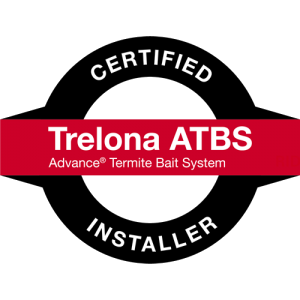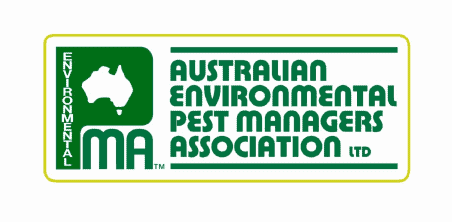The Aggressive, Invasive & Painful Threat to South East QLD!
If you live in South-East Queensland, you are likely aware of the significant threat posed by fire ants, also known as red imported fire ants (Solenopsis invicta). Since their introduction in 2001, these invasive ants have posed an increasing threat to Australia’s agriculture, biodiversity, and human health. Native to South America, fire ants are small but aggressive, and if left unchecked, they could spread across the entire continent, infesting both rural and urban areas. This could result in billions of dollars in agricultural losses, as fire ants outcompete native species, prey on wildlife, and cause harm to livestock and crops. Public health is also at risk, as their painful stings can lead to allergic reactions, making outdoor activities dangerous.
At Conquer Termites, we recognize the critical need for pest management strategies, especially when it comes to fire ants. Integrated Pest Management (IPM) is our approach, combining a variety of methods beyond pesticide use to reduce the impact of pests while safeguarding people, animals, and the environment. As pest managers, it’s our responsibility to be proactive in treating fire ants and educating the community on identifying their mounds and aggressive behavior. Encouraging early reporting of infestations will allow prompt action to protect local ecosystems, prevent widespread damage, and maintain Australia’s unique landscape.
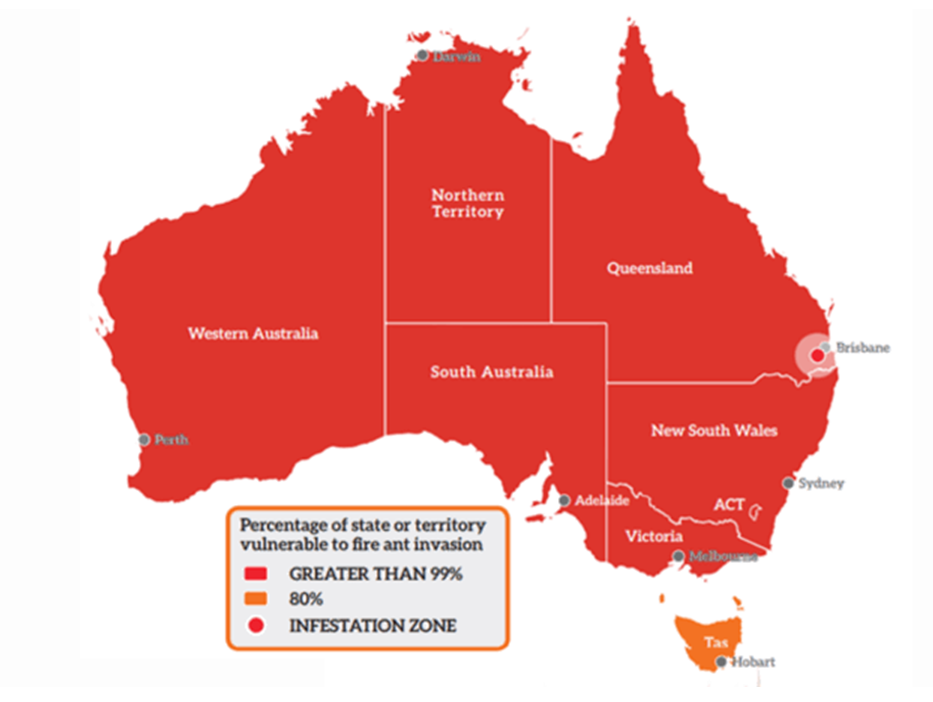
As pest managers it is crucial we play a proactive role in managing and treating fire ants. We can assist the communities we serve by educating them on how to identify fire ants and their mounds, by providing clear information on what to look for, such as mound characteristics and aggressive behaviour. We encourage the community to report infestations early to ensure prompt action. This proactive approach could potentially help protect local ecosystems and maintain agricultural productivity.
Why are we worried about Fire Ants?
Fire ants are aggressive, invasive pests known for their painful stings and rapid colony expansion. They can damage crops, wildlife, and infrastructure, making their control essential for both economic and ecological reasons.
What can I do as a homeowner?
Regularly inspect your yard areas for fire ant activity. Fire ants are typically reddish-brown with darker abdomens and range from 2-6 mm in length.
All Red Imported Fire Ant infestations must be reported to the National fire ant eradication program within 24hrs. (https://ants.daf.qld.gov.au/table-of-contents/report-fire-ants/)
Homeowners can also ensure that they introduce soil and mulch from reputable sources, so that they are sure they aren’t accidentally introducing Fire Ants. Modify the environment under your care to make it less attractive to fire ants. This can include reducing moisture levels, removing debris, and minimizing ground cover where ants can nest.
What Conquer Termites will do to treat your Fire ant infestation?
It is important that pesticide use is carried out in accordance with the National fire ant eradication program. This involves a selection of treatments, depending on your infestation and other environmental factors.
Pesticide management may include:
- Direct nest injection
- Fast acting bait
- Slow acting insect growth regulator
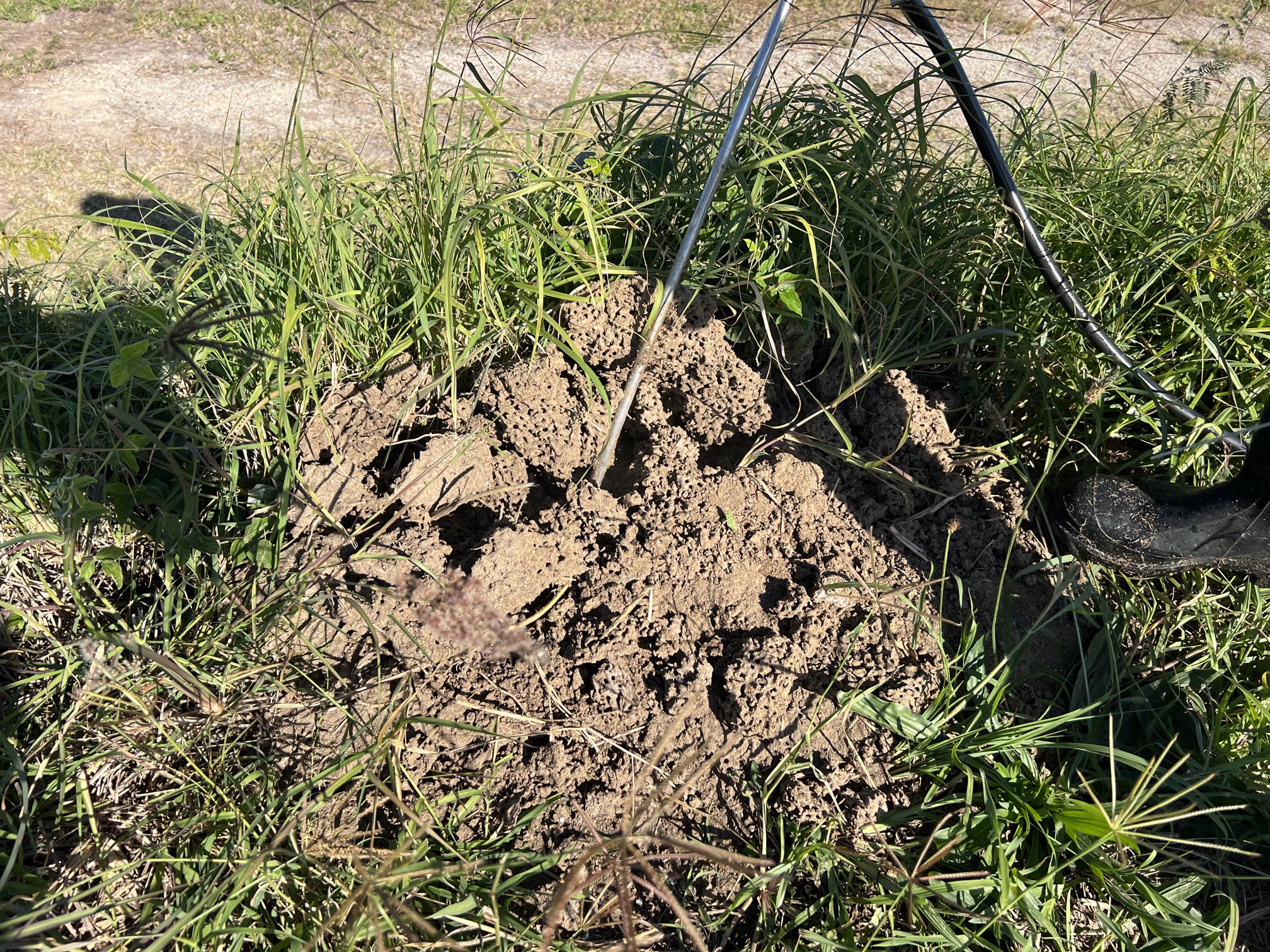
Appearance:
Size: Fire ants are small, typically ranging from 2 to 6 millimeters in length.
Colour: They are usually reddish-brown but can vary from light brown to dark red.
Shape: Fire ants have a smooth, shiny appearance with a narrow waist.
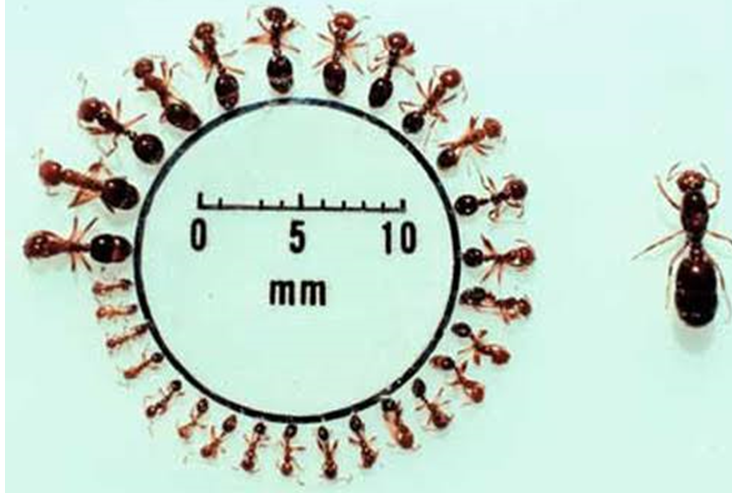
Behaviour:
Aggressiveness: Fire ants are highly aggressive, if their nest is disturbed they will swarm out quickly and sting repeatedly.
Swarming: When disturbed, fire ants form a ball of ants that can climb onto objects and people, attacking with stings.
Nesting:
Mounds: Fire ant mounds are typically dome-shaped and can range from a few centimeters to over 40 centimeters in height. They are often broader than tall and can be up to 60 centimetres in diameter.
Surface: The mound surface is usually loose and crumbly. There are no obvious entry holes or central entrances.
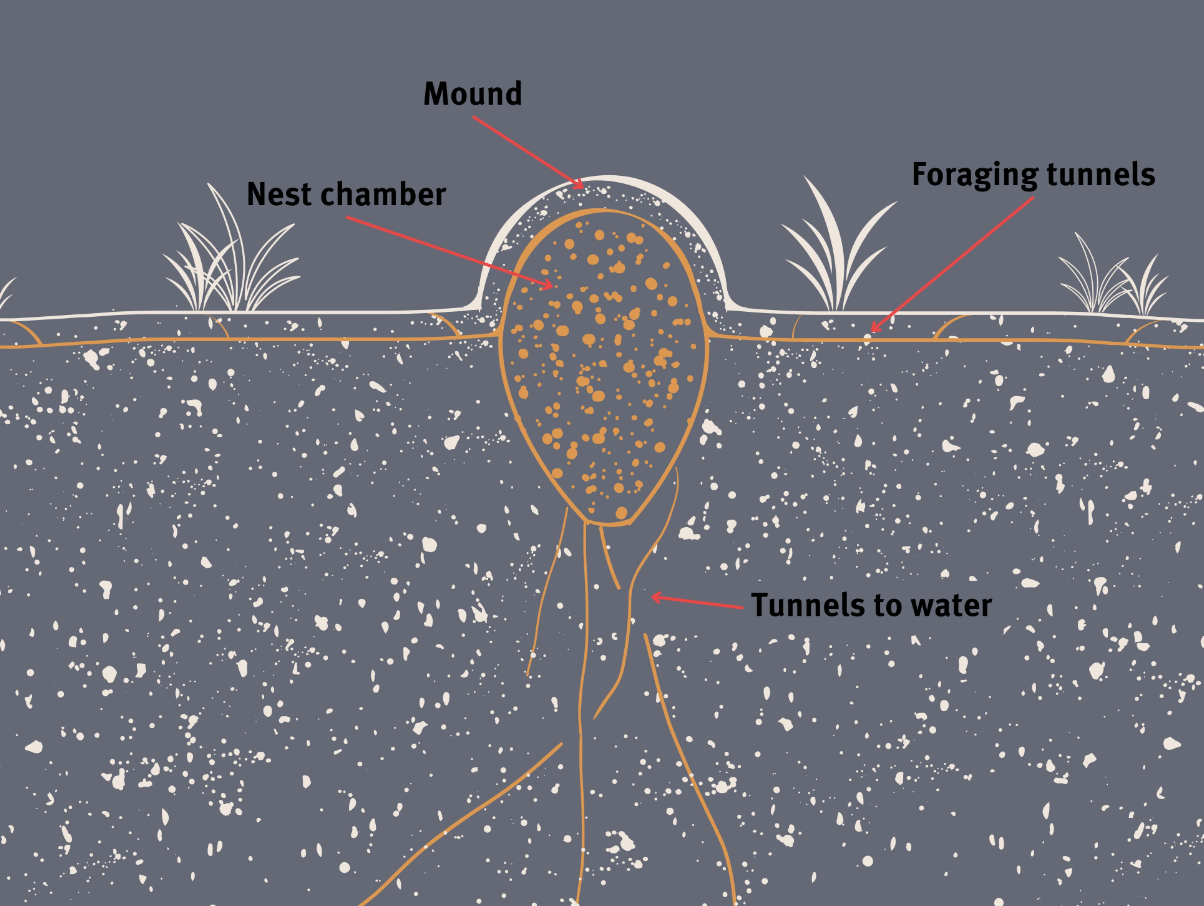
Locations:
Common Areas: Look for fire ant mounds in sunny open areas such as lawns, parks, fields, and gardens. They can also be found near building foundations or along sidewalks and driveways.
Hidden Spots: Sometimes mounds are partially hidden under rocks, logs, or dense vegetation.
Read more about the location of fire ants here - https://www.fireants.org.au/stop-the-spread/how-fire-ants-arrived-in-australia
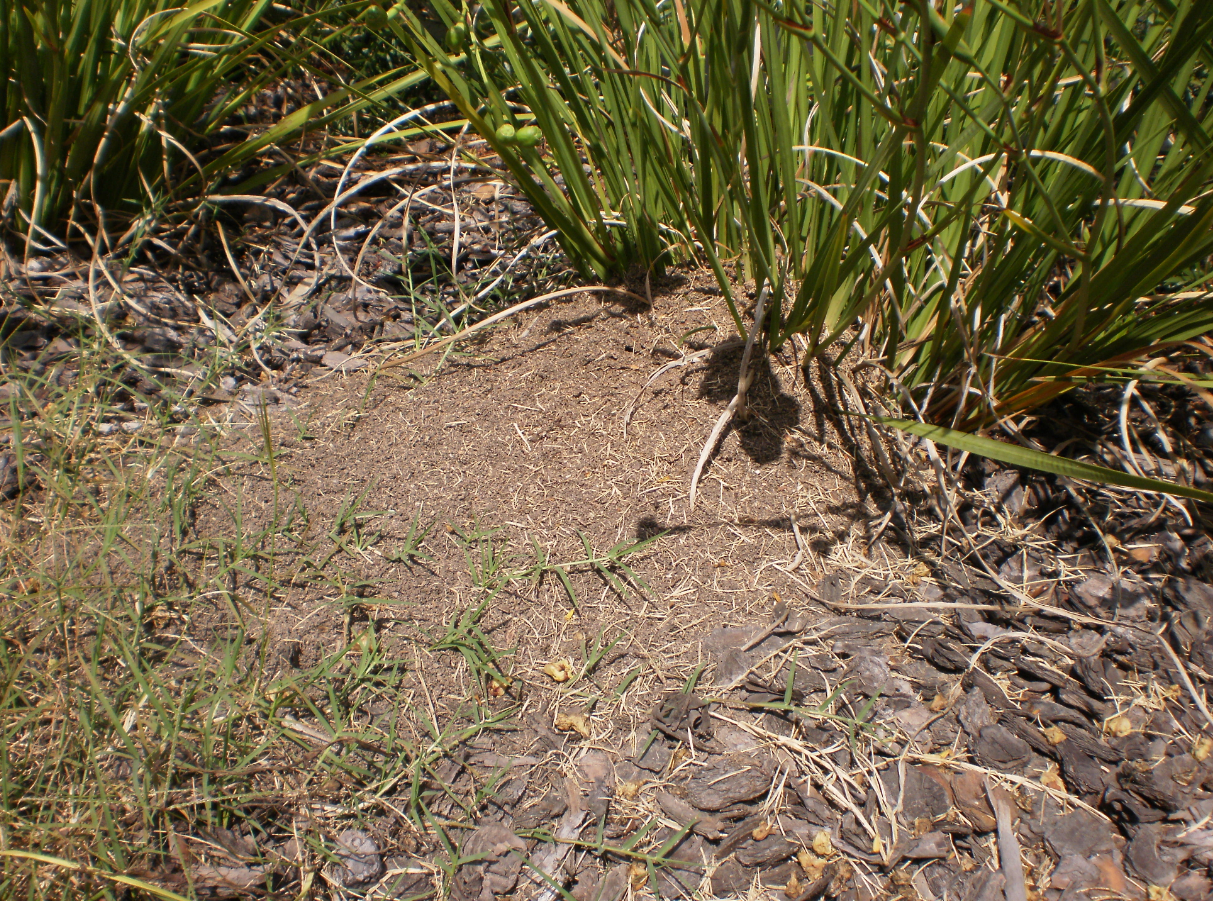
Stings and Reactions:
Painful Stings: The stings are painful and can cause a burning sensation. A red welt and white pustule may develop within a day.
Allergic Reactions: Some people may experience severe allergic reactions, including swelling and difficulty breathing, requiring immediate medical attention.
If you suspect you may have fire ants on your property, please contact us immediately. Early detection is crucial in managing fire ants.
If you are worried that you might have Red imported Fire ants, please do not hesitate to reach out to our friendly staff on 07 3356 8801 or email us at info@conquertermitesnorthside.com.au
Areas we service; Gordon Park, Kedron, Aspley, Chermside, Mc Dowall. Hendra, Nundah, Geebung, Virginia, Wavell Heights, Zillmere, Everton Park, Stafford, Stafford Heights, Bridgeman Downs, Bald Hills, Bracken Ridge, Strathpine, Herston, Kelvin Grove, Ashgrove, Red Hill, Alderley, Grange, Newmarket, Wilston, Windsor, Enoggera, Kippa Ring, Rothwell, Margate, Redcliffe, Scarborough, Clontarf, Woody Point, Carseldine, Fitzgibbon, Taigum, Brighton, Deagon, Shorncliffe, Sandgate, Banyo, Boondall, Northgate, Nudgee, Nudgee Beach, D’Aguilar, Mt Mee, Woodford, Burpengary, Morayfield, Narangba, Caboolture, Bellmere, Upper Caboolture, Wamuran, Beachmere, Donnybrook, Ningi, Sandstone Point, Toorbul, Bribie Island, Bowen Hills, Fortitude Valley, New Farm, Newstead, Brisbane CBD, Bardon, Paddington, Milton, Toowong, Auchenflower, St Lucia, Indoorpilly, Taringa, Chapel Hill, Fig Tree Pocket, Kenmore, Kenmore Hills, Bellbowrie, Anstead, Brookfield, Pinjarra Hills and Pullenvale.
Our Precon Team service areas are Greater Brisbane to the Sunshine Coast.
Photo/video credit: National Fire Ant Eradication Program
